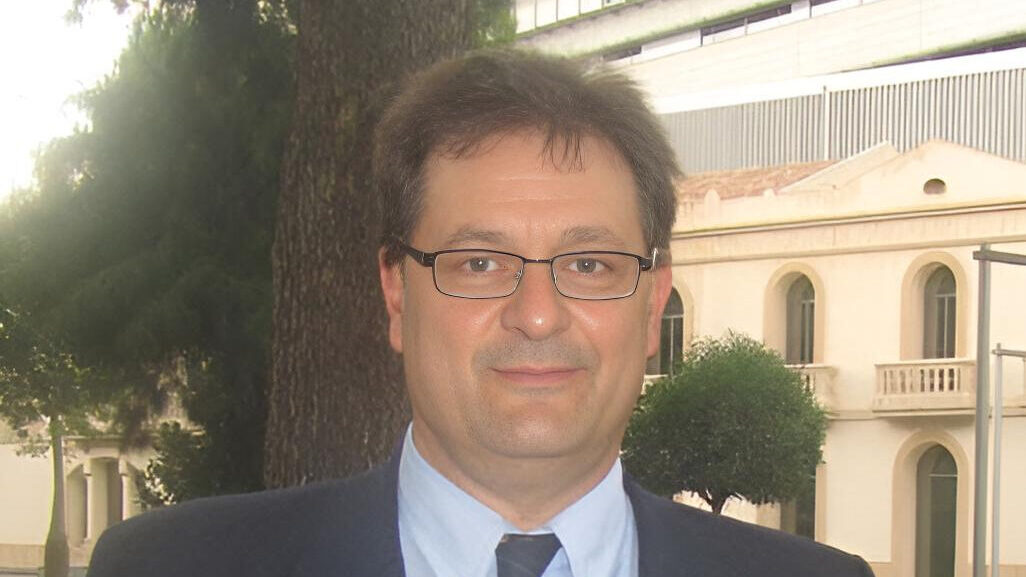Miguel Bronchud, Co-Founder and Advisory Board at Regenerative Medicine Solutions shared a post on LinkedIn:
” Towards ‘Tumor Infiltrating Fibroblasts’ therapies?
Cancer-associated Fibroblasts (CAFs) have emerged as critical regulators of anti-tumour immunity, with both beneficial and detrimental properties that remain poorly characterised.
For example, Cancer-associated fibroblasts (CAF) are major players in the progression and drug resistance of pancreatic ductal adenocarcinoma (PDAC). CAFs constitute a diverse cell population consisting of several recently described subtypes, although the extent of CAF heterogeneity and their biological plasticity has remained largely undefined.
Tumor-infiltrating lymphocytes (TILs) represent a surrogate biomarker of anti-tumor, lymphocyte-mediated immunity. In early, triple-negative breast cancer, for example, TILs have level 1B of evidence to predict clinical outcomes. Using modified TILs (by in vitro gene manipulation or cytokines stimulation) has been clinically achieved in clinical trials.
TIL therapy is a type of cell-based immunotherapy using the patient’s own immune cells from the microenvironment of the solid tumor to kill tumor cells.
The primary form of adoptive cellular therapy (ACT) is chimeric antigen receptor (CAR) T-cell therapy. In this strategy, T cells are obtained from the patient’s own peripheral blood cells and are modified to express a receptor that binds to the tumor antigen.
CAR-T cell therapy has been approved for the treatment of some patients with hematological malignancies, such as lymphoblastic leukemia and B-cell lymphoma. However, currently, CAR-T cell therapy has not been proven to be effective in the treatment of solid tumors.
TIL therapies might perhaps overcome treatment resistance issues in this setting, but learning more about the different cancer-associated fibroblasts subpopulations and their associated immune system function offers hope that at least some of these tumor-associated fibroblast populations might also be genetically targeted to improve immune therapies and clinical outcomes in several aggressive cancer types?
Towards Tumor Infiltrating Fibroblasts therapies?”
More posts featuring Miguel Bronchud.
